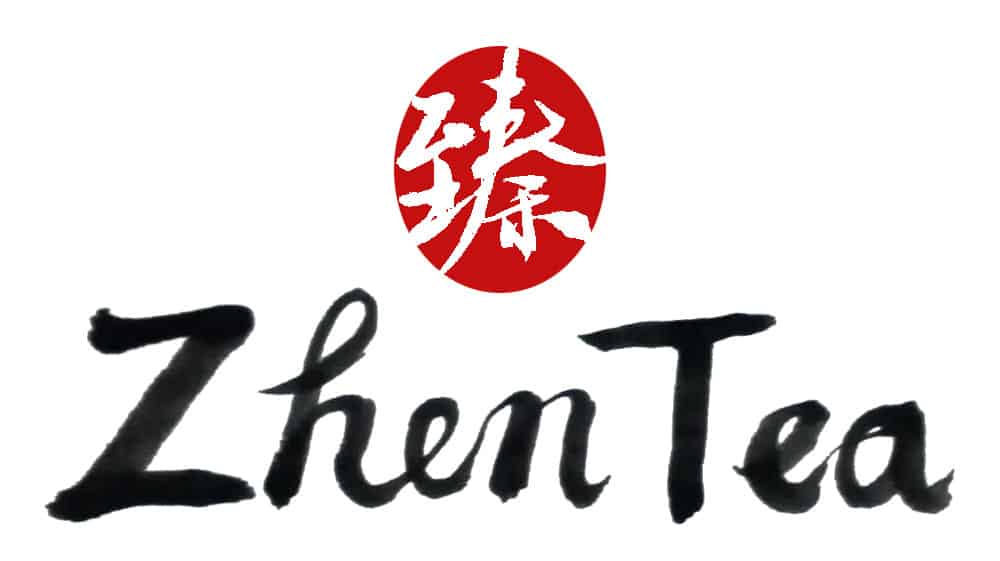Step 1: Choose a tea and a tea set that match the tea and your mood. Consider the time of day and your sensitivity to caffeine when selecting a tea.
Step 2: Brewing
Follow the brewing instructions when you are first experiencing a tea. As you become more familiar with the tea, try to use your intuition instead of scales, thermometers and stop watches. It’s important to get comfortable brewing with your intuition and to learn how the leaf reacts to different situations. Every tea varies and everyone’s preference is different. There is no universal brewing way. Don’t be afraid to try boiling water, different quantity or timing. Have fun brewing!
Step 3: Cleaning tea sets and storing tea properly.
Step 1: Before brewing, smell the tea and examine the tea leaves including the shape, color, etc.
Step 2: During drinking, observe the color, brightness, and clarity of the liquor, smell the aroma to identify different layers of fragrance, and taste the tea. Beyond flavour, be mindful of the mouth feel, the feeling in your throat, and the after tastes of the tea.
Step 3: Inspect the tea leaves again after infused to see their shape, color and texture.
Tea tasting is more than just picking out flavours. It’s also reading the tea. Paying attention to the detail of each tea will help improve your ability to taste. The tasting experience will tell you everything about the leaf. But of course, the most important thing is to enjoy the tea.
Despite the generally refreshing and detoxifying functions that all tea shares, the different kinds of tea each have unique benefits. The nature of Sheng Pu’re, green, white, yellow, and oolong tea are cooling (in a descending order). These teas help tune down the inflammation symptoms, and white tea has a prominent feature of sooth respiratory problems. However, people with weak digest system should be cautious when choosing these teas. The nature of black tea is warming, which makes a great choice for the winter or when having a cold. Dark tea is relatively neutral and very gentle on the digest system.
Therefore, when it comes to tea selection, it is always recommended to consider several factors besides personal preference in tea.
Chinese tea culture and Chinese Cha Dao start with a deep understanding of the leaf and the harmony between man and nature that a cup of tea represents. A great cup of tea is not only good for your physical health, but for your entire beings wellness.
What really represents Chinese tea culture is not the ceremonial performance, rather, it’s the enjoyable moment you have with close friends over a cup of delicious tea or simply relaxing by yourself and enjoying the ‘me and tea’ moment. It can be as casual and relaxed or as meditative and ultra spiritual as you like. The choice is yours.

